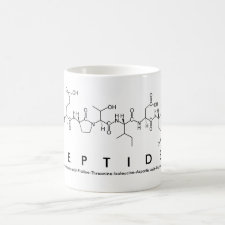
Authors: Gong CB, Wei YB, Chen MJ, Liu LT, Chow CF, Tang Q
Article Title: Double imprinted photoresponsive polymer for simultaneous detection of phthalate esters in plastics.
Publication date: 2018
Journal: European Polymer Journal
Volume: 108
Page numbers: 295-303.
DOI: 10.1016/j.eurpolymj.2018.09.009
Alternative URL: http://www.sciencedirect.com/science/article/pii/S0014305718313454
Abstract: A double-phthalate-ester imprinted photoresponsive polymer was fabricated for simultaneous detection of phthalate esters. Specifically, three azobenzene derivatives with different steric characteristics (0, 2, and 4 methyl substituents at the ortho position) were used as functional monomers, supported by ZnO nanoscale support rods. Dibutyl phthalate and dicyclohexyl phthalate esters were used as double templates. The three photoresponsive molecularly imprinted polymers were fabricated with a triethanolamine trimethacrylate ester cross-linker, and were characterized by ultraviolet-visible absorption, Fourier-transform infrared spectroscopy, scanning and transmission electron microscopy, and N2 adsorption-desorption analysis. Steric hindrance affected both photoresponsive properties and binding properties. As the steric hindrance increased, the transŪcis rate constant and the binding capacities decreased. Hence, the polymer with the least steric hindrance was used for the simultaneous detection of phthalate esters in plastic cups and toys. The doubly imprinted polymer was more effective for detection or extraction of the phthalate esters than was a single-phthalate-ester imprinted polymer
Template and target information: double templates, dibutyl phthalate, dicyclohexyl phthalate
Author keywords: Photoresponsive molecularly imprinted polymer, Double-template molecular imprinting, phthalate esters, Steric hindrance effect, Azobenzene



Join the Society for Molecular Imprinting

New items RSS feed
Sign-up for e-mail updates:
Choose between receiving an occasional newsletter or more frequent e-mail alerts.
Click here to go to the sign-up page.
Is your name elemental or peptidic? Enter your name and find out by clicking either of the buttons below!
Other products you may like:
 MIPdatabase
MIPdatabase









